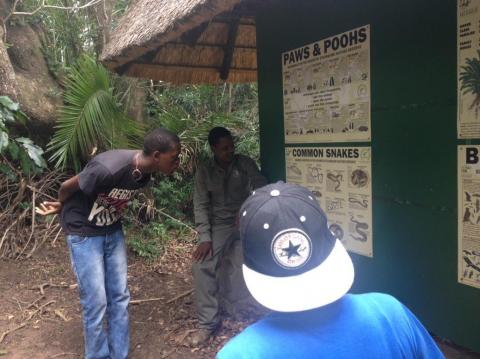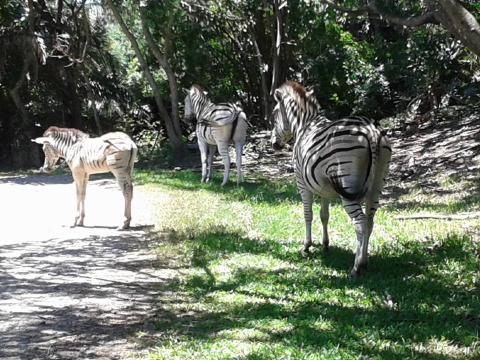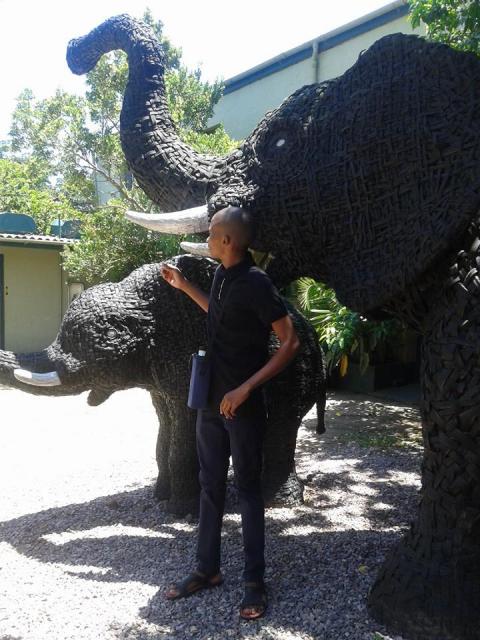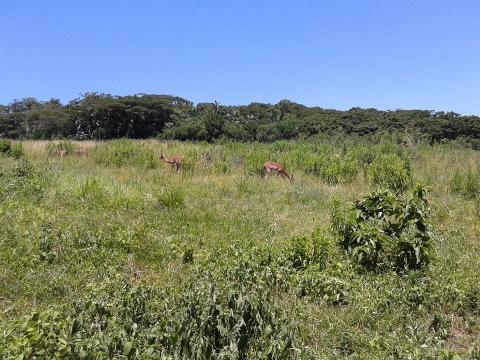One seldom finds the time to spend with nature, especially on a Monday morning. IkamvaYouth KZN Matric learners, staff and a few volunteers spent their Monday morning, 19th January 2015, embracing nature and its life lessons at the Kenneth Stainbank Nature Reserve and Wilderness Leadership School in Yellowood Park, Durban.

Before the trail walk began everyone was instructed to switch off their cellphones or any other device that might connect them to the outside world. This was simply done to ensure that everyone becomes fully immersed with life in the wild and does not get to miss out on anything important.

Our trail walk throughout the nature reserve was led by tour guides who have years of everyday experience of the wildlife. Along the trail we spotted a variety of wild animals, but not wild enough to eat us, thankfully. The animals seen at the nature reserve ranged from the Red and Grey Dykes, Springboks, Zebras, and although we were told to look out for snakes, we did not come across any. Some animals could not be seen but heard, such as the Purple Crested Lourie and the Sombre Bulbul birds. A lot was also learnt about the different trees we saw including our very own national tree the Yellowood, and the importance of treating natural habitats including the animals in order to survive in the wild and preserve nature.

After a lengthy walk of more than two hours, everyone was treated to delicious lunch which was sponsored by ABI. Visiting the Kenneth Stainbank Nature Reserve was a good exemplar of just how life’s lessons can also be learnt from outside the classroom and that nature also has a few stories to tell.


A lot can be said about the experience and lessons one gained from visiting the nature reserve, this is what some of the learners had to say about the trip:
“What I learnt is that respect is the most important thing in life,”-Slindile Ngubane
“It was my first time going Yellowood Parkand it was a great day. And I saw different types of animals like Zebra’s, snakes and chickens.” – Nobuhle Zulu
“…along the way we saw a Yellowood tree, our tour guide told us why the place was called Yellowood Park. He said because the Yellowood tree was the most available tree in that place.” – Anele Vezi

 Lloyd Lungu
Lloyd Lungu